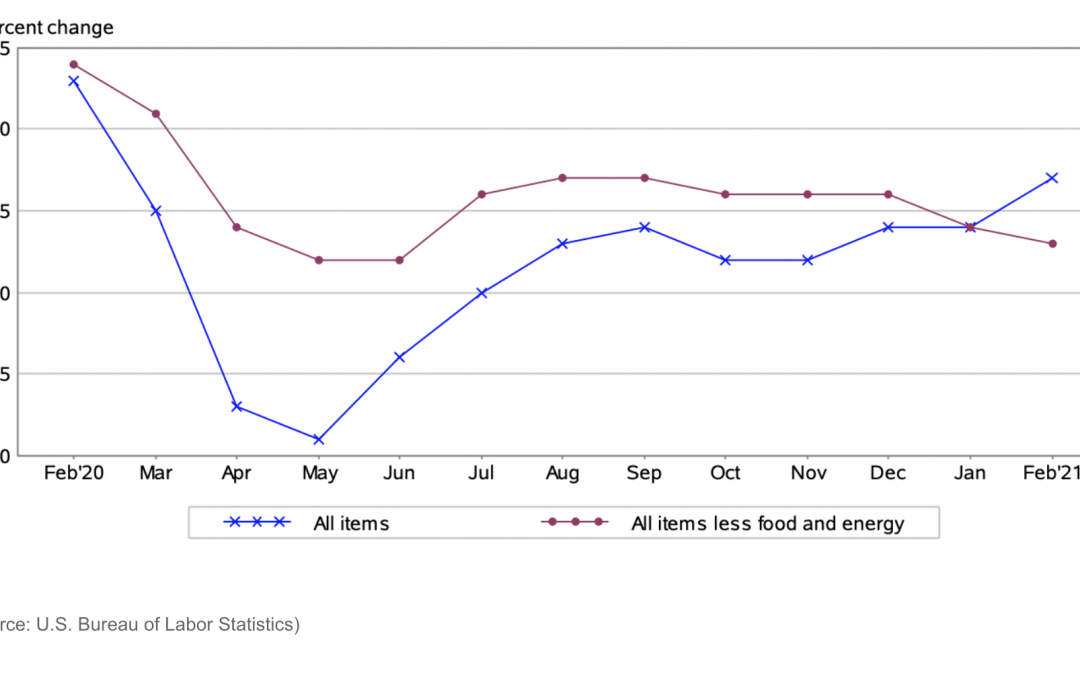The Consumer Price Index for All Urban Consumers (CPI-U) edged up 0.4% in February, reported the U.S. Bureau of Labor Statistics. Before seasonal adjustment, the all items index rose 1.7% since this time last year.
Energy Index
The index for energy increased 3.9% in February, continuing its upward trajectory. The price of gasoline was a primary component for the rise with a 6.4% increase reported the bureau. The indexes for electricity, natural gas, and fuel oil all rose, 0.7%, 1.6%, and 9.9%, respectively.
Over the last 12-month period, the energy index increased 2.4%. Gasoline prices increased 1.5%, as did the electricity index by 2.3%, and the natural gas index by 6.7%. Conversely, over the last 12-month span, the index for fuel oil dropped 0.5%.
Food Index
In February, the index for food rose 0.2%. The food at home index rose 0.3%, as did the index for food away from home by 0.1%.
“The food at home index increased 3.5% over the past 12 months. All six major grocery store food group indexes increased over the period, with increases ranging from 2.7% (both cereals and bakery products and dairy and related products) to 5.2% (meats, poultry, fish, and eggs). The index for food away from home rose 3.7% over the last year. The index for limited service meals rose 6.3% , the largest 12-month increase in the history of the index, which began in 1997. The index for full service meals rose 2.9% over the last 12 months,” the U.S. Bureau of Labor Statistics explained in its report.
All Items Less Food and Energy
The all items less food and energy index edged up 0.1% for the month, reported the bureau. Several component indexes saw percentage increases including the shelter index by 0.2%, the owners’ equivalent rent index by 0.3%, and the rent index by 0.2%.
Over the last 12-month period the all items less food and energy index increased 1.3%.
“Among the indexes rising more quickly were those for used cars and trucks (+9.3%), medical care (+2.0%), and shelter (+1.5%),” stated the bureau.
By contrast, indexes that decreased over the last 12-month period include the indexes for airline fares by 25.6%, apparel by 3.6%, and motor vehicle insurance by 2.8%.
The US Bureau of Labor Statistics released a statement regarding the impact of the COVID-19 pandemic for the February 2021 data collection:
“Data collection by personal visit for the Consumer Price Index (CPI) program has been suspended since March 16, 2020. When possible, data normally collected by personal visit were collected either online or by phone. Additionally, data collection in February was affected by the temporary closing or limited operations of certain types of establishments. These factors resulted in an increase in the number of prices considered temporarily unavailable and imputed. While the CPI program attempted to collect as much data as possible, many indexes are based on smaller amounts of collected prices than usual, and a small number of indexes that are normally published were not published this month.”
Source cited: https://www.bls.gov/news.release/archives/cpi_03102021.htm





